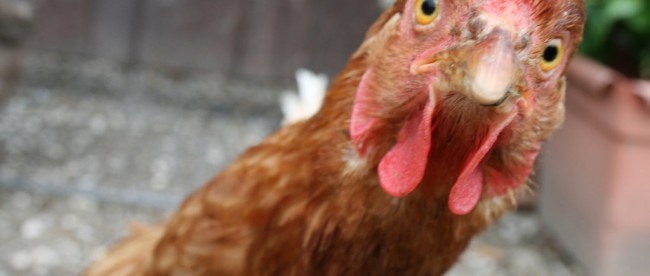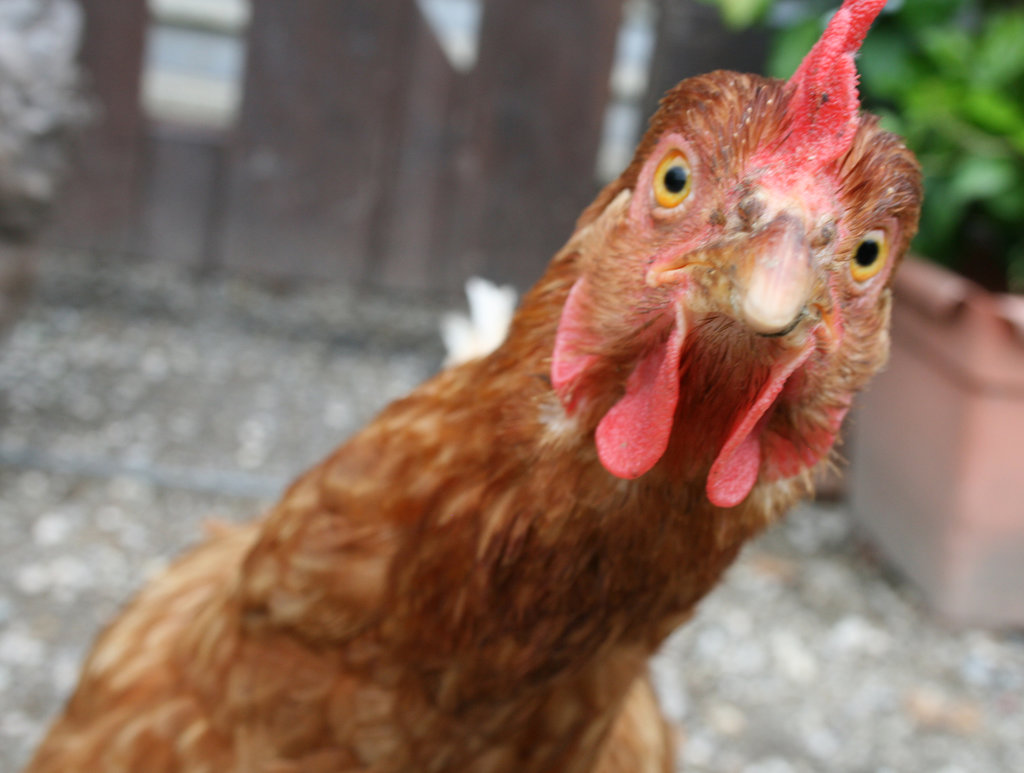A Chicken &*#! Tax Policy


When it comes to federal taxes, business owners can find lots of different ways to save a bit on their bill. The tax code is a dense, huge piece of legislation with lots of weird clauses which you’d not expect. For example, take a look at 26 U.S. Code § 45, a section titled “Electricity produced from certain renewable resources, etc.” (and yes, “etc.” is in the title). Scroll down to subsection (c)(3)(B) and you’ll come to the part about “agricultural livestock waste nutrients.” The Code spells it out — this is the section which addresses manure, and explicitly, manure from “poultry.”
In other words: there’s a tax credit available for turning chicken poop into electricity.
And it isn’t all that ridiculous.
The tax credit dates back to 1999, when, in the words of the New York Times, “Sen. William Roth, R-Del., chairman of the Finance Committee [inserted an amendment to the tax code which] would give tax credits to companies that convert waste swept from the floor of chicken coops into electricity. ” The reasoning was straightforward. Parts of Delaware, Virginia and Maryland (collectively known as “Delmarva”) are the home to many chicken farms, and those chicken farms have to deal with a lot of chicken droppings. Some poop is recycled into fertilizer, but there’s usually a lot of excrement left over. The Times continues:
[Fertilizer] has become a major source of pollution, and all three states have new laws that will eventually ban this source of fertilizer. So the question, said Bill Satterfield, executive director of Delmarva Poultry Industry Inc., a trade association, is becoming how to dispose of the 800 tons of chicken droppings produced on the peninsula every year.
The technology has long existed for producing electricity by burning chicken manure. The problem is, it has never seemed profitable. So it has never been tried in the United States.
The tax credit provided the incentive to get American poultry farmers to try. Modern Farmer reported that the bill was “a bipartisan effort to keep chicken waste runoff from flowing into the Chesapeake Bay.” The farming-focused publication also spoke to Wayne Gilchrist, one of the House members who pushed for the credit; per Gilchrist, “the chicken industry didn’t lobby for it at all.” Rather, it was there to address a simple question in Gilchrist’s eyes: “what are you going to do with all that chicken manure?”
So, if your farm turns chicken poop into power, you get a tax break. That sounds good but, in fairness, it also sounds cuckoo. As you’d expect, the chicken poop tax loophole has been a punchline over and over and over again. But the law is still on the books.
Bonus fact: Every year, the Delmarva area hosts the Delmarva Chicken Festival (although the website isn’t up to date). The poultry party rotates between the three states which comprise Delmarva, and a lot of chicken is cooked up during the festivities. For years, the Festival claimed to be home to the world’s largest frying pan, but now the pan is in a museum in Wilmington, Delaware. Just don’t tell anyone in North Carolina, Iowa, Washington, Maine, or Kentucky — because each of them also claim to be the home of the world’s largest frying pan. “You’d think it’d be a simple thing to identify the world’s largest frying pan,” the Village Voice notes, but there are six in the United States alone that make that audacious claim. ” (All six mega-pans can be seen at that link.)
From the Archives: Seeing Red in the Hen House: Why chickens used to wear red-tinted glasses. Caution: gross.
Related: Is this the world’s most expensive frying pan? (It’s the priciest one on Amazon, at about 20x more than a cheap version.)
